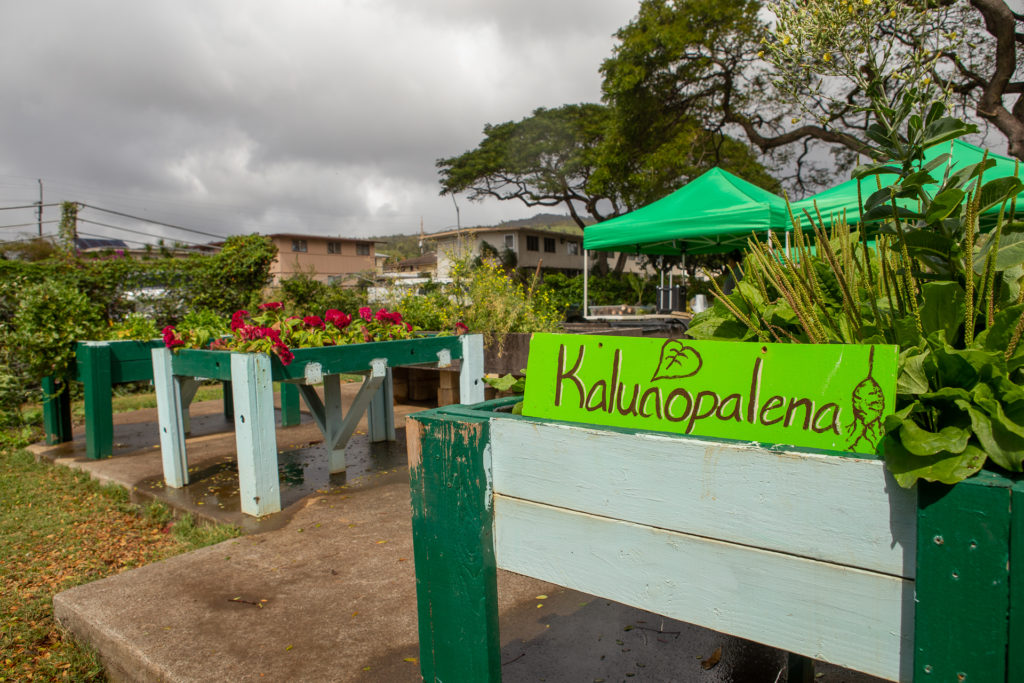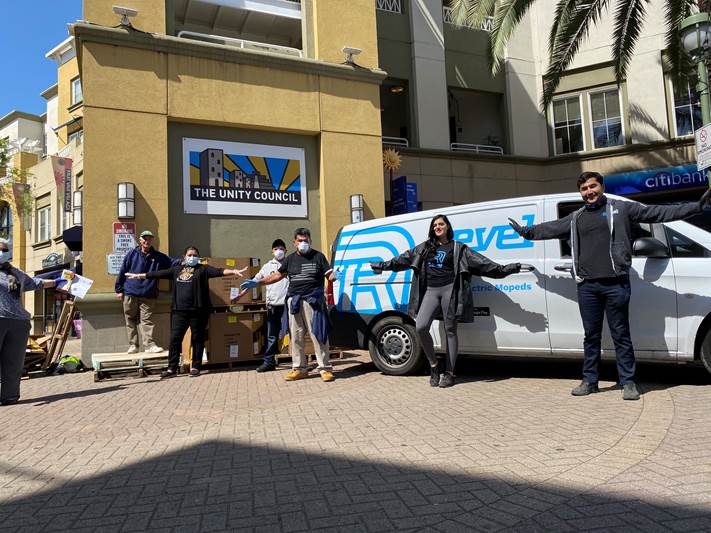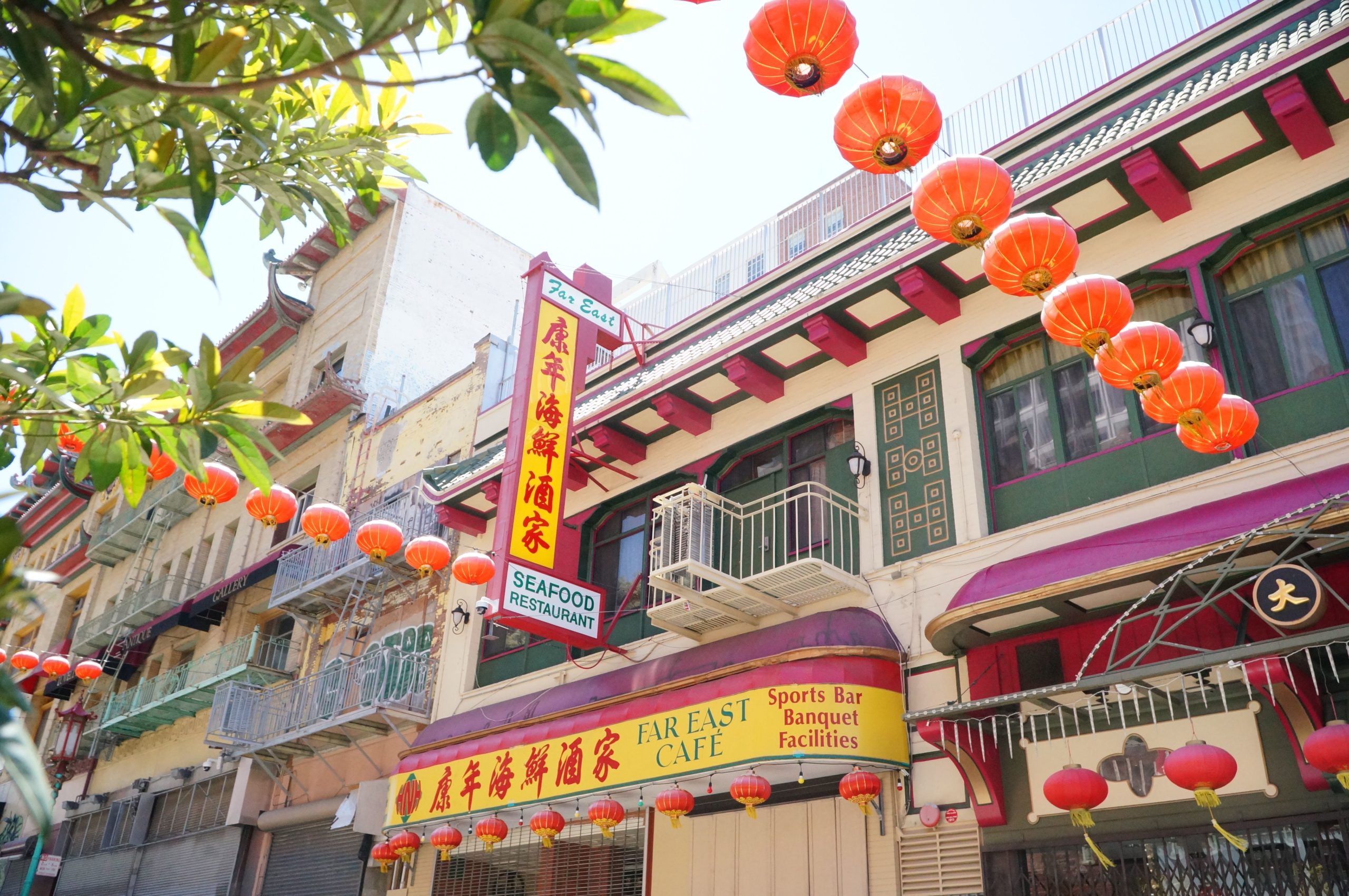The Next Phase of Stupski’s Commitment to Food Security
May 13, 2020
Over the course of 2019, year one of Stupski’s 10 year spend down, our food security team undertook a listening and learning tour to meet with representatives of many community based organizations (CBOs) in Hawaiʻi, Alameda County and San Francisco. We had a mountain of data and analyses on each community’s food security challenges. Recognizing, however, that data doesn’t tell the whole story, we came to each meeting to listen and learn from their perspectives.
While our communities are very different from each other in people and place, their struggle is a common one. These conversations revealed a wealth of untapped local knowledge that greatly impacted every aspect of food security in terms of access, quality and resilience. It became clear to us that the historical centers of power and resources – government, food banks and philanthropy – would be far more effective if we could find a way to connect to and partner with the neighborhoods and the CBOs that serve them.
The current health crisis puts the critical role of community based organizations into even sharper view. Stupski’s food security partners have quickly responded to the urgent needs of our communities throughout the Bay Area and Hawai’i — providing CalFresh eligible grocery pickup, meal production and distribution for older adults, grab-and-go meal pickup for families, and more.
With this in mind, Stupski’s food security team has developed the next phase of our strategy: elevating communities as active decision makers in addressing challenges to food security.
Our Neighborhood Strategy
While traditional food security strategies and interventions provide critical resources to communities, gaps persist. In the next phase of our food security work, Stupski will invest in a neighborhood strategy —collaborating with and investing in CBOs to identify and address food security needs as their communities define them. We see this as a unique contribution we can make to the field by promoting community solutions to meet community needs.

Steeped in on-the-ground experience, CBOs are able to build trust within their community and engage diverse individuals and families. They also shape their programs to be culturally responsive — offering multilingual resources, and providing culturally relevant foods — and promote dignity for community members, no matter their current circumstances.

This strategy allows flexibility for communities to define and determine what food security means to them. To start this work, we are investing in a number of planning grants, starting with a cohort of four well-respected and effective CBOs – and a CBO consortium – in the communities we call home — San Francisco and Alameda Counties and Hawaiʻi. Over the next year, our partners will identify the most pressing food security needs in their communities and recommend solutions on how to address them. The most promising of these proposed solutions will be developed into implementation projects supported by the next cycle of funding.
Through our partnership with CBOs, we hope to also gain a deeper understanding of changes communities want to see in the food security infrastructure such as food banks, public benefits, and school meals. We will use this input to guide our investments in large-scale food systems throughout the remainder of our spend-down.
Outcomes
Stupski is committed to ensuring communities lead the way to increase food security for low-income residents. By implementing our neighborhood strategy, we will support communities so they achieve the following outcomes:
- ACCESS: Strengthened access to a range of food security resources that fit the unique needs of each of our communities such as farmers markets, SNAP and matching benefits programs, and new tech-platform solutions to bridge supply and demand
- QUALITY: Increased quality of food security services, such as better nutrition, dignity of services, and culturally relevant food
- RESILIENCE: Creation of community-led sustainable food systems linked to local food production, distribution and fair labor practices

Learn More
In addition to our neighborhood strategy, Stupski will invest in programs that defend and protect public safety net programs, promote food as medicine, and boost school meal participation in the next phase of our food security work. To learn more about these strategies, visit the Food Security page on our website. You can also read past posts about our food security work on our blog.
Over the next few months, we will continue to share more about the next phase of our food security work and the lessons we learn along the way. To stay updated on our efforts to promote food security throughout the Bay Area and Hawai’i, sign up for our newsletter.


